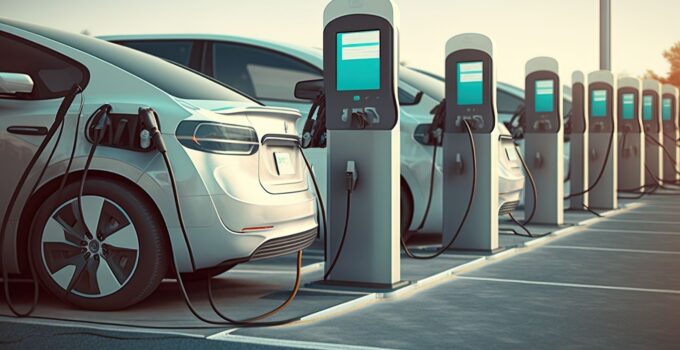In this article, we will discuss the three main types of EV charging points and their key components. If you are a business owner looking to set up charging point infrastructure for these vehicles of the future, read on to learn more about the topic.
If you are looking to source key components for these charging stations, you can find more here regarding the types of components available and the brands that are on the market.
Level 1 charging
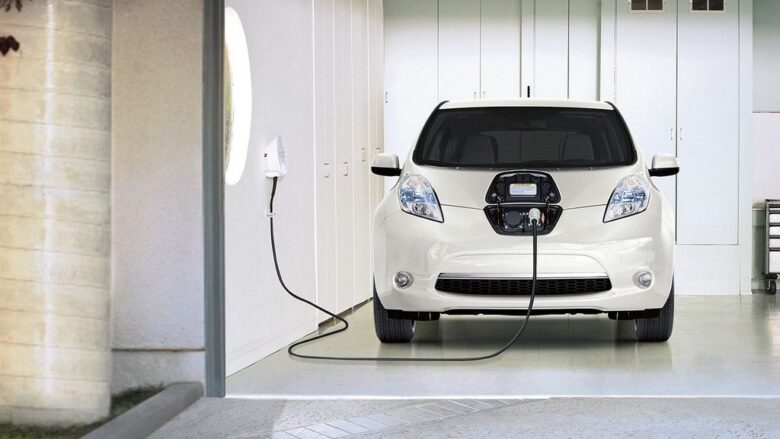
Source: hotwire-electric.com
Level 1 charging is the most basic method of charging an electric vehicle and it involves using a standard household outlet with a voltage of 120V AC. It is a convenient option for residential charging, as it has become more and more popular in Hong Kong for people to drive electric vehicles. Overnight charging is the best method for this level of charging, which is also the preferred routine of many private vehicle owners – who drive in the day to go to work and school and stay in at home in the night.
The key components involved in a Level 1 charging point include the charging cable, the EVSE (Electric Vehicle Supply Equipment), and safety features. The charging cable is used to connect the vehicle to the power source, while the EVSE acts as an intermediary between the vehicle and the electrical supply, regulating the flow of electricity and ensuring safety.
Safety features may include ground fault circuit interrupters (GFCIs) to protect against electrical faults. This is crucial in ensuring the safety of the users of these charging points, and there will be regulations surrounding this when it comes to implementation, which business owners should look out for.
Level 2 charging
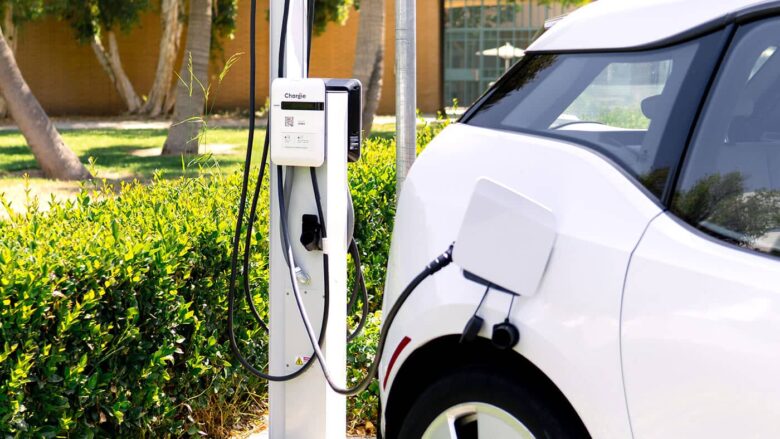
Source: chargie.com
Level 2 charging operates at higher power levels than Level 1 charging. It typically utilises a voltage of 240V AC. This higher voltage allows for faster charging times compared to Level 1. Level 2 charging is commonly used in residential areas, workplaces, and public charging applications, and it can be a great method for those who are looking to charge their vehicles in a shorter time.
The key components involved in Level 2 charging include the charging station or controller, connectors (such as the J1772 standard), cables, and electrical infrastructure requirements. The charging station or controller manages the flow of electricity and may offer additional features like usage monitoring and payment systems. These systems can easily be integrated into local payment options, such as credit card, Octopus card, debit card, and transfer apps such as e-wallets.
The connectors, such as the J1772 standard, provide a standardised interface between the charging station and the vehicle. Cables are used to connect the charging station to the vehicle, and to support Level 2 charging, business owners must use a suitable, dedicated circuit and appropriate wiring.
Level 3 charging (DC fast charging)
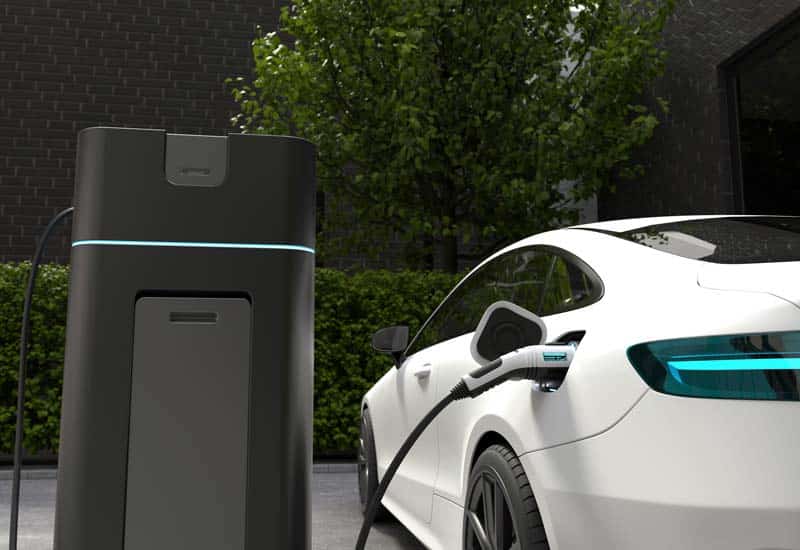
Source: wattlogic.com
Finally, Level 3 charging – which is also known as DC fast charging – enables rapid charging speeds by delivering direct current (DC) power to the vehicle’s battery. Level 3 charging is designed for high-traffic areas, long-distance travel, and commercial charging stations where quick charging is crucial.
The key components involved in DC fast charging include the charging station, connectors such as CCS Combo standards, cooling systems, and safety features. The charging station is specifically designed to handle high-power charging and may incorporate advanced technologies to manage the power flow efficiently. Then there is the use of different connectors, like the CCS Combo, depending on the vehicle’s compatibility.
Safety features include a cooling system that is essential to dissipate the heat generated during fast charging and maintain optimal performance. There is also the incorporation of over current protection and thermal management, which are essential to ensure safe operation.
Key considerations for EV charging point components
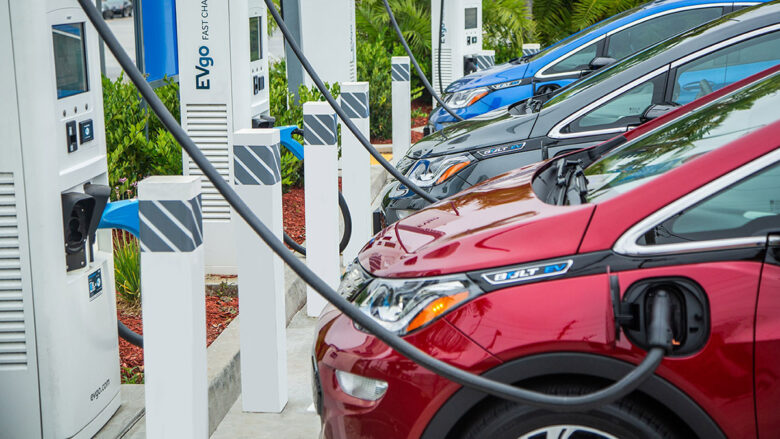
Source: forbes.com
When it comes to selecting components for EV charging points, there are several key considerations that businesses should keep in mind. These considerations ensure the safety, reliability, and efficiency of the charging infrastructure.
These considerations include:
- Safety certifications: choose components that comply with the local safety standards and regulations to minimise the risk of electrical hazards.
- Interoperability: consider components that are compatible with common charging protocols and standards, to increase their operational capacity when it comes to accommodating a wider range of EVs.
- Durability and reliability: opt for components that are designed for durability, as charging stations may be exposed to outdoor conditions and harsh weather.
- Scalability and flexibility: consider components that offer scalability, so that businesses like yours can adapt to the increasing demand for EV charging over the years.
- Energy efficiency: select components that promote energy efficiency in charging operations, to not only reduce operating costs but also minimise the environmental impact of your charging infrastructure.
- Cost-effectiveness: finally, consider how much the components cost and the overall value that they can provide by taking into account upfront costs, maintenance requirements, and long-term reliability.
The bottom line
EVs are becoming more and more popular in Hong Kong, with an increasing number of drivers opting for these environmentally friendly vehicles. With this phenomenon, there are also more EV charging stations that are being set up around Hong Kong, which must follow strict safety regulations to operate. Knowing the differences and capabilities of the Levels 1, 2, and 3 charging stations is crucial for selecting the right charging method as well as the right components. You should also consult with local Hong Kong regulations when it comes to designing your residential, workplace, or public charging station, to ensure optimal operational efficiency and user safety.

